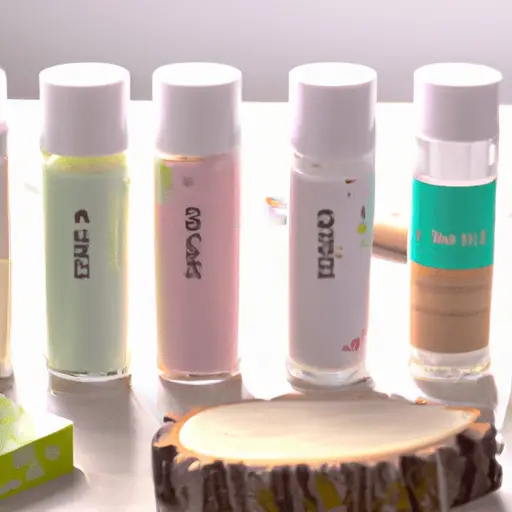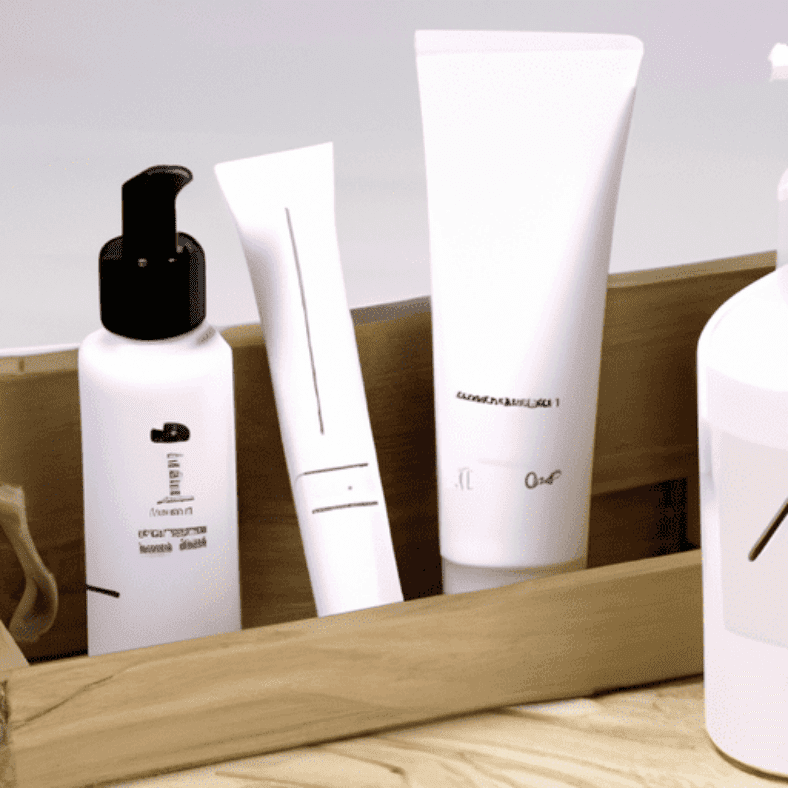-
Table of Contents
- Choosing the Right Cleanser for Your Skin Type: A Comprehensive Guide
- Key Takeaways
- Introduction: The Importance of Choosing the Right Cleanser
- Understanding Your Skin Type
- Choosing the Right Cleanser for Your Skin Type
- The Role of Ingredients in Cleansers
- FAQ Section
- 1. How often should I cleanse my skin?
- 2. Can I use the same cleanser for my face and body?
- 3. What should I do if my skin reacts to a new cleanser?
- 4. Can I change my cleanser based on the season?
- 5. How can I tell if a cleanser is working?
- Conclusion: The Power of the Right Cleanser
- Key Takeaways Revisited
Choosing the Right Cleanser for Your Skin Type: A Comprehensive Guide

[youtubomatic_search]
Key Takeaways
- Understanding your skin type is crucial in choosing the right cleanser.
- There are five main skin types: normal, oily, dry, combination, and sensitive.
- Each skin type requires a different type of cleanser to maintain skin health.
- Ingredients in cleansers play a significant role in their effectiveness.
- Consulting a dermatologist can provide personalized advice on choosing a cleanser.
Introduction: The Importance of Choosing the Right Cleanser
Choosing the right cleanser for your skin type is a critical step in maintaining healthy, radiant skin. The wrong cleanser can strip your skin of its natural oils, leading to dryness, irritation, and breakouts. This article will guide you through the process of identifying your skin type and choosing the right cleanser to keep your skin looking its best.
Understanding Your Skin Type
According to the American Academy of Dermatology, there are five main skin types: normal, oily, dry, combination, and sensitive. Each skin type has unique characteristics and requires different care. For example, oily skin produces excess sebum, leading to a shiny appearance and clogged pores. On the other hand, dry skin lacks enough sebum, resulting in a dull, rough complexion. Combination skin is a mix of both, with oily areas usually on the forehead, nose, and chin, and dry areas on the cheeks. Sensitive skin may react to certain ingredients, causing redness, itching, or burning.
Choosing the Right Cleanser for Your Skin Type
Once you’ve identified your skin type, you can choose a cleanser that suits your needs. For oily skin, a gel-based or foaming cleanser can help remove excess oil without over-drying. Dry skin benefits from cream or lotion cleansers that hydrate while cleansing. Combination skin may require a balanced cleanser that can address both oily and dry areas. Sensitive skin needs a gentle, fragrance-free cleanser that won’t irritate. Normal skin can typically tolerate any type of cleanser.
The Role of Ingredients in Cleansers
The ingredients in your cleanser can significantly impact its effectiveness. For example, salicylic acid and benzoyl peroxide are common in cleansers for oily skin, as they help unclog pores and reduce acne. Hydrating ingredients like hyaluronic acid and glycerin are beneficial for dry skin. It’s also important to avoid harsh ingredients like alcohol and fragrances, especially if you have sensitive skin.
FAQ Section
1. How often should I cleanse my skin?
Most dermatologists recommend cleansing your skin twice a day, in the morning and at night. However, if you have dry or sensitive skin, you may want to cleanse only once a day at night.
2. Can I use the same cleanser for my face and body?
Generally, it’s best to use a separate cleanser for your face and body. The skin on your face is thinner and more sensitive than the skin on your body, so it requires a gentler cleanser.
3. What should I do if my skin reacts to a new cleanser?
If you experience redness, itching, or burning after using a new cleanser, stop using it immediately. You may be having an allergic reaction or sensitivity to an ingredient in the cleanser. Consult a dermatologist for advice.
4. Can I change my cleanser based on the season?
Yes, many people find that their skin needs change with the seasons. For example, you might need a more hydrating cleanser in the winter when the air is dry, and a lighter cleanser in the summer when your skin produces more oil.
5. How can I tell if a cleanser is working?
A good cleanser should leave your skin feeling clean but not tight or dry. If your skin feels comfortable after cleansing and you’re not experiencing breakouts or irritation, your cleanser is likely working well for you.
Conclusion: The Power of the Right Cleanser
Choosing the right cleanser for your skin type is a crucial step in maintaining healthy, radiant skin. By understanding your skin type and the role of ingredients in cleansers, you can make an informed choice that will benefit your skin in the long run. Remember, when in doubt, consult a dermatologist for personalized advice.
Key Takeaways Revisited
- Understanding your skin type is the first step in choosing the right cleanser.
- Different skin types require different types of cleansers.
- The ingredients in your cleanser can significantly impact its effectiveness.
- Consulting a dermatologist can provide personalized advice on choosing a cleanser.
[youtubomatic_search]

Leave a Reply